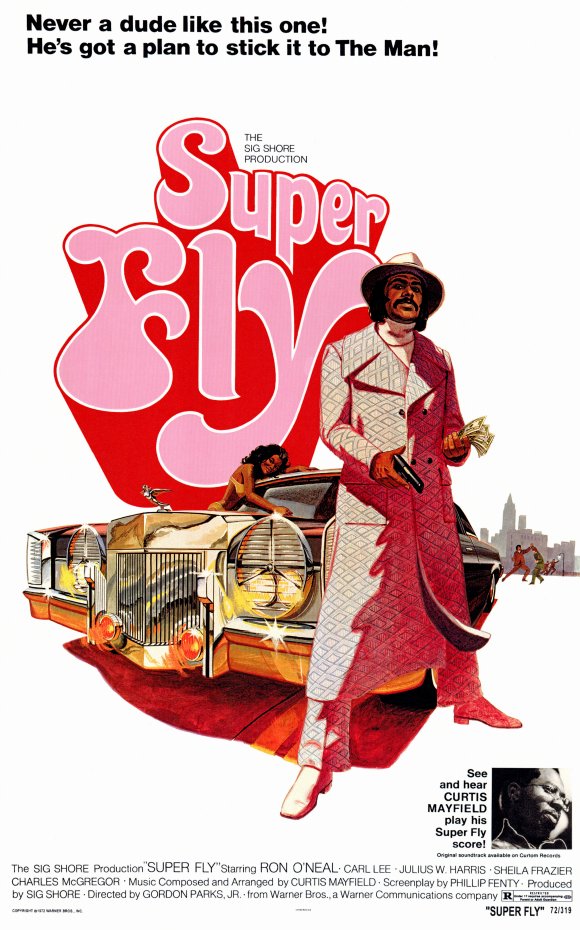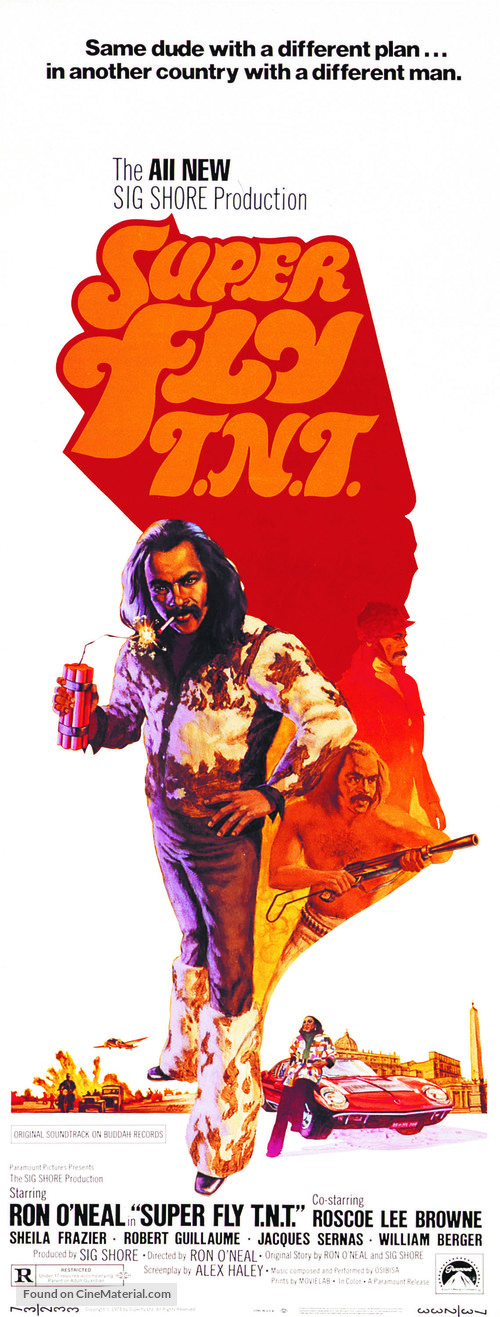

And Black consumers were eager to see films starring the kind of people they recognized: hip, streetwise characters who could beat "the man" (the white establishment) at their own game. Super Fly came along at a crucial moment for the film world Mafia movie classic The Godfather, released a few months earlier, proved there was a market for antiheroes rooted in authentic ethnic cultures (As did Black-centered films like Shaft and Melvin Van Peebles' Sweet Sweetback's Baadasssss Song). And they cast another friend from Cleveland, up-and-coming stage actor O'Neal, as Priest. "We'd be out in the street at night shooting and they were tapping electricity from the lampposts, from the street (lights), to get this thing done."Īdams says he and Fenty just walked around their Harlem neighborhood to soak up the atmosphere of pimps, drug dealers and sex workers in the street life. "Money always was an issue, all the way through shooting," says Adams. Adams said the lack of permits and money meant they were often running around New York City, dodging the Teamsters Union and police, like guerilla filmmakers. He says they also got money from two Black dentists and the director, Gordon Parks Jr., eventually had to ask his famous father – legendary photographer/director Gordon Parks, who directed Shaft – for funds. Adams found the tricked-out car Priest drives – a Cadillac Eldorado with a custom Rolls Royce-style grill and special headlights – driven by a guy at a local shoeshine parlor.įenty teamed with producer Sig Shore, who helped dig up funding the writer says he had three credit cards and Shore had two. "We ain't got no shot at doing a movie."īut Adams eventually went along, developing the signature look of the characters by digging up the clothing himself: flashy trenchcoats and bold hats for Priest, plush fur coats for Georgia. "Excuse my French, I said 'N-s ain't doing no movies,'" Adams notes, laughing.

According to Adams, when Fenty originally suggested they develop a film together, he had a curt reply. That friend who brought over the drug dealer was Nate Adams, who grew up with Fenty in Cleveland. "It was, truly, one of the most incredible evenings I've ever spent in my entire life." "He said, 'Boy don't you square up on me,'" Fenty says, using a slang term for acting too straitlaced, which eventually wound up in the film. And then a friend brought a drug dealer to Fenty's home in New York, with a warning. He saw a 1971 cover story in New York magazine about a rising Black drug dealer called The Man With the Golden Nose. Since then, the movie's gritty, authentic depiction of street life and its flamboyant lead character – a sharp dressing, karate-kicking drug dealer looking for one last, big score before leaving the game – helped create archetypes that have inspired legions of future storytellers and musicians. The soundtrack helped turn the film into one of the most profitable movies of its time, earning millions while briefly dethroning The Godfather as the top film of 1972. "Maybe it still reflects what some of our communities are dealing with."Įven people who haven't seen Super Fly recognize its theme song: A grooving, funky hit written by R&B star Curtis Mayfield, which became one of the most successful movie themes of the blaxploitation era. "It does surprise me that it's been 50 years and people are still talking about it," says Frazier, who initially took the job thinking it would be great to act in a movie with Ron O'Neal, who played Priest. It has been 50 years since Sheila Frazier made her big-screen debut as Georgia, girlfriend to wily drug dealer Youngblood Priest, in the blaxploitation film classic Super Fly.Īnd Frazier estimates there hasn't been a week in her life that has passed since the premiere without someone mentioning the movie.

Super Fly, lobbycard, from left: Sheila Frazier, Ron O'Neal, 1972.


 0 kommentar(er)
0 kommentar(er)
